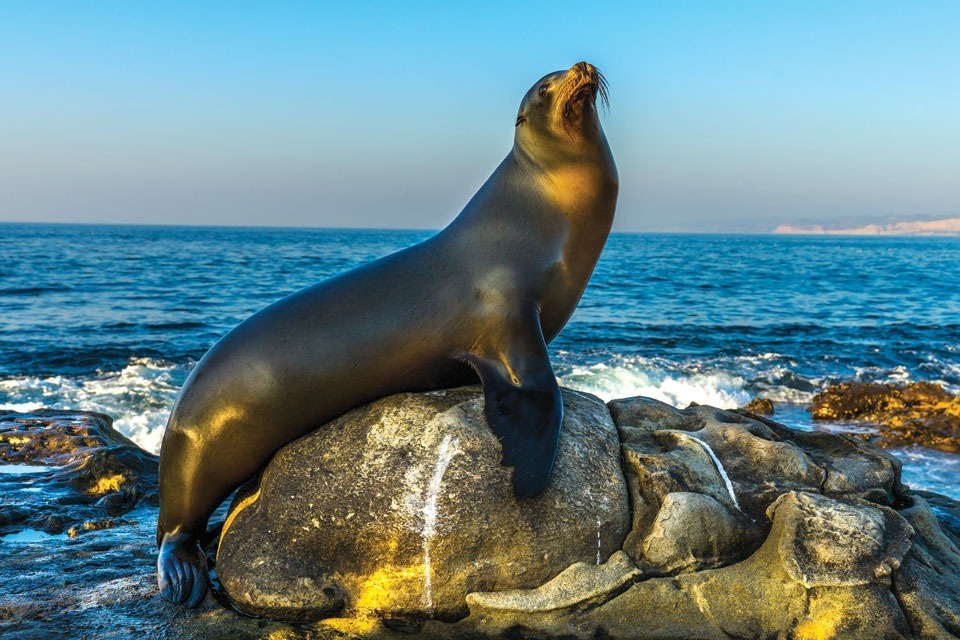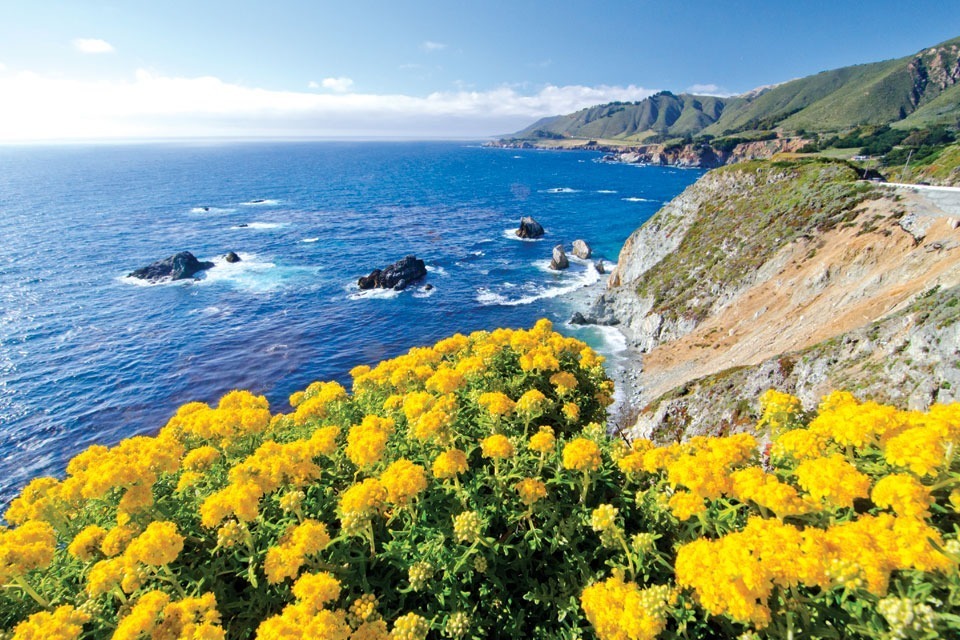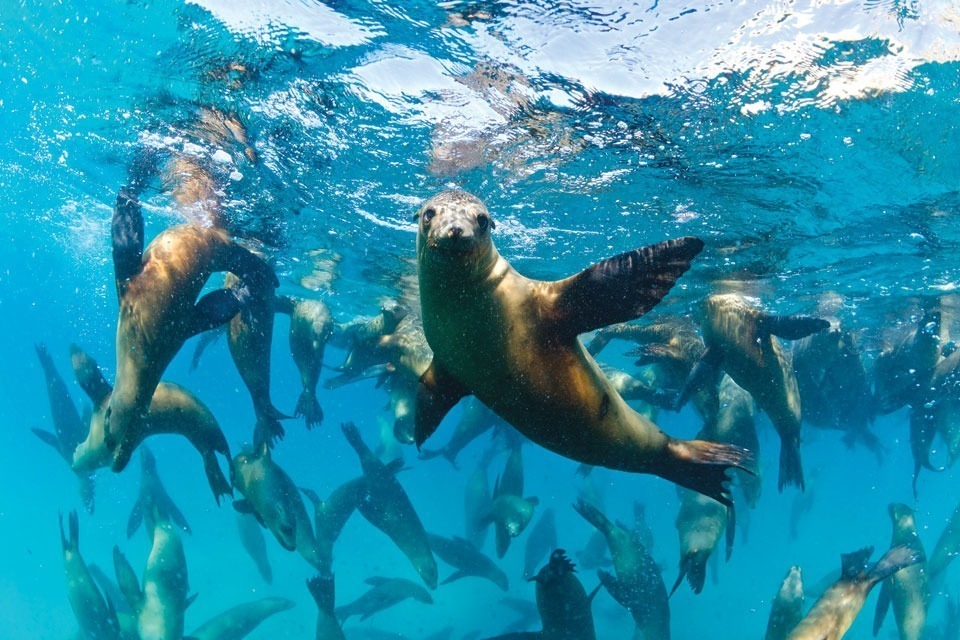
Sea lions comprise a total of six extant species. Three sea lion species are endangered by the International Union for Conservation of Nature (IUCN), and one is endangered under the United States’ Endangered Species Act (ESA).
Three species, the Australian sea lion, the Galápagos sea lion, and the New Zealand sea lion are listed as endangered.
Sea lions gather in large colonies on rocks and sandy shores in the Islands. They move into the water to feed and cool off as needed.
Sea lion species are vulnerable to pollution, climate change, bycatch, and diseases introduced by other species. Complications from gillnet fishing represent a considerably significant threat to both Australian and New Zealand sea lions, while Galapagos sea lions are more susceptible to climate change, disease, and pollution.

Like all coastal marine animals, sea lions are threatened by ocean pollution. Their top predators are toxins from pollution or harmful algae blooms that affect smaller prey species can build up in sea lions, leading to neurological changes, behavioral changes, or even death.
Plastic waste at sea and shore frequently entangles sea lions. At the same time, oil spills have been shown to represent a significant danger to Steller sea lions.
All sea lion species are vulnerable to the effects of climate change on ocean conditions. Especially as warming temperatures result in weakened currents, it can impact the abundance of fish prey in sea lion habitats. Scientists who studied a three-decades-long sustained ocean warming event in the Gulf of California connected it to a 65% decline in the sea lion population between 1991 and 2019.
Getting caught in various fishing nets is a major cause of death for the endangered Australian sea lion, who are attracted to the bait material in rock lobster pots. Young pups especially are at risk of drowning when they cannot escape the pots.
Another cause of sea lion mortality occurs because the infants are killed while young. The largest threat to sea lion pups comes from those within their own group. Sea lion bulls may inadvertently sit on and squash baby sea lions.
While female sea lions bask on the beach with their babies, younger males sneak up and take the baby sea lions. They use them to practice herding and harem-keeping and sometimes kill them. Steller’s sea lion cows can be fierce toward pups other than their own; they bite, shake, and toss “alien” pups that come too near.
Studies have shown that establishing more marine reserves across sea lion habitats can increase prey fish diversity, biomass, and even overall population numbers. Community marine reserves could also help improve the resilience of marine mammals to certain climate-driven effects, as well as marine ecosystem health, directly benefiting sea lions and fishermen alike.

